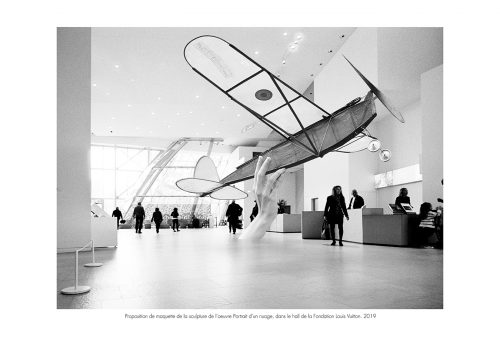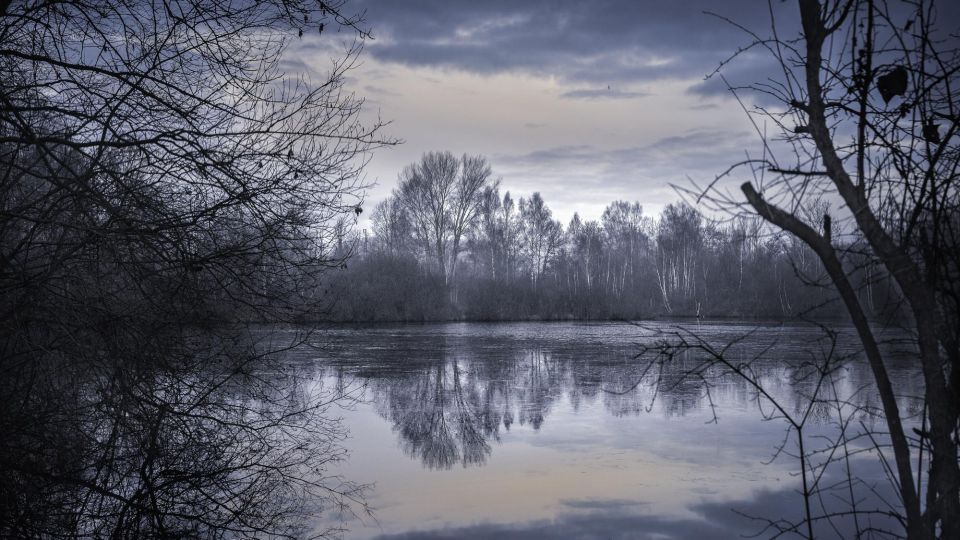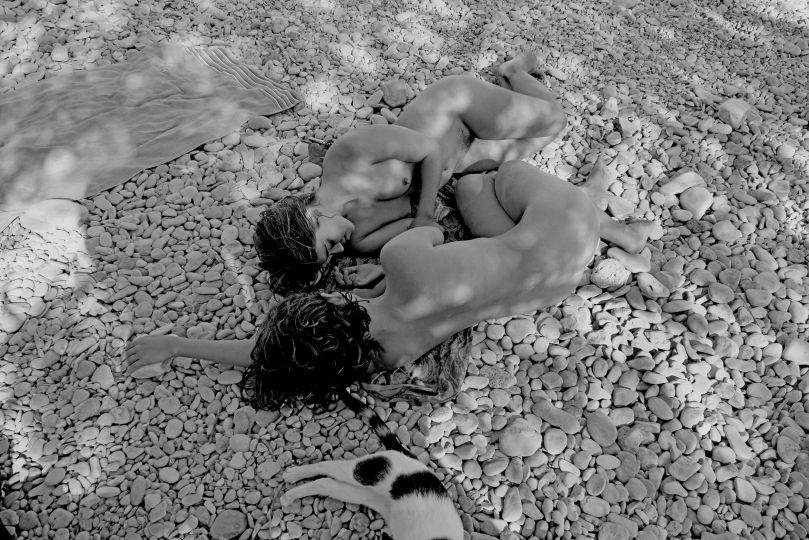Portrait of a cloud -2-
The airplane sculpture
The sculpture is large, about that of a small Jodel, a small single-seat airplane, made by amateurs.
This is the reproduction of the plane that is in the briefcase Portrait of a cloud.
It completes it.
The hand coming out of the ground perfectly embodies the gesture that had to be made to launch the plane to make it fligh, taking with it the soul of future travelers.
Never-Always
After the beaux-arts and the war in Algeria, called back by his teacher Jacques Linard he returned to the beaux-arts
He prepared a photographic section and made a list of the material needed by the future students (Hasselblad, Durst enlarger…).
He dived into photographic and film researchs.
His teacher pushed him to go to Paris and start there, which he did taking with him his portfolio full of ideas.
Thanks to the companion of a Free jazz musician, he found a place to live from which he gets to meet film maker Chris Marker that offered three days later to become his assistant on the feature film “Si j’avais quatre dromadaire”.
Then he met on of the fifth greatest surrealist: the painter Matta who is enthusiastic about his work, and then Marx Ernst.
And Dali to whom he offers to build the machine to desintegrate erotic feelings.
What is more surprising in Jean’s work is mostly that he chose photographic film as his medium, to the limit of abstraction, but in spite of thatvery near figuration.
A mix that is magic and magnificent.
Self-portrait
The long walk
It is a video projected on a panoramic screen which can be the wall of a museum or a foundation.
The proportions of the location of the wall that will be the screen of the work, must be …… ..X ………. cm
On the screen appears an electronic robot whose body is surmounted by a white rectangle. It disappears and then reappears with this time a baby face.
Every time he disappears, he will reappear, this time with a face older than the preceding one.
I will be seen to advance in existence. The video has thirteen images, eleven portraits and two white images.
It will be clear during the screening why this work is called “the long walk”.
Following the successive appearances of the robot arriving from the left of the screen, horizontal lines, dotted lines, which follow the march of the robot, one will quickly perceive that it is about a morse message. This is the translation of the song that my mother had heard on the roads, sung by the allied soldiers of the first war: “It’s a long way to Tipperary”
















